Last September, my beloved senior papillon, Kitsune, was diagnosed with cervical intervertebral disc disease (IVDD). I’ll be the first to admit that IVDD is a really stressful diagnosis to deal with. My Kitsune, thankfully, never lost mobility. But seeing how much pain he was in, and dealing with an 8+ week recovery period was hard. Since his original diagnosis, I’ve learned a lot about IVDD. I’ve been posting a series of articles here to help share what I’ve learned, to hopefully help support fellow pet owners who are going through something similar. Today I wanted to write a bit about how, exactly, IVDD is diagnosed.
Here are some of my past IVDD posts if you’re just starting your IVDD journey and want to learn more…
- What is IVDD
- Signs Your Dog has IVDD
- You can click here to read all of our IVDD-related posts, including any future posts that aren’t yet published at the time of writing this post.
Post Contents:
So Your Dog is Showing Signs of IVDD
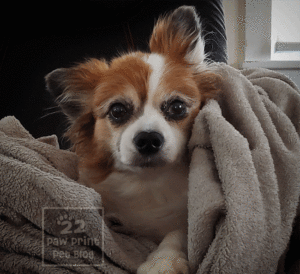 I wasn’t super familiar with IVDD when my dog, Kitsune, first started showing signs of it. The night before we officially got his diagnosis I knew something was off with him, but I thought he just had a stomach ache. Unfortunately, his symptoms progressed throughout the night, and by the next morning I knew that we were dealing with something more serious.
I wasn’t super familiar with IVDD when my dog, Kitsune, first started showing signs of it. The night before we officially got his diagnosis I knew something was off with him, but I thought he just had a stomach ache. Unfortunately, his symptoms progressed throughout the night, and by the next morning I knew that we were dealing with something more serious.
We were luckily able to get an emergency appointment with Kitsune’s regular vet. If that’s not possible, you may need to visit your local emergency vet. Especially if your dog’s mobility is affected, time is of the essence when it comes to getting an IVDD diagnosis and starting treatment.
IVDD, What Your Vet Looks For
When an IVDD dog presents to the vet, the vet won’t know they have IVDD yet! They’ll typically start by getting your dog’s medical history, asking questions about what signs/symptoms you noticed, questions about when the issues started, and whether or not your dog was involved in any type of accident that may have caused the issue.
Your vet will probably want to observe your dog walking if he/she is still mobile. They will likely gently feel along your dog’s back, limbs, and neck, looking to pinpoint the source of the pain. When Kit presented with signs of cervical (neck) IVDD, his vet noted that he was particularly painful when she tried to gently move his head into certain positions.
Your vet will likely preform a basic neurologic exam. They’ll want to look at things such as your dogs gait, reflexes, and pain response. I remember Kitsune’s vet flipped each of his paws over, so the top of his toes were against the exam table. She was testing to see if he could feel/recognize that his paws were in the wrong position, to test whether or not he corrected his paw positioning, and how quickly he did so. “Knuckling” (walking on or dragging the knuckles, not correcting the paw position quickly when the knuckles are placed against the ground) is a common sign of IVDD.
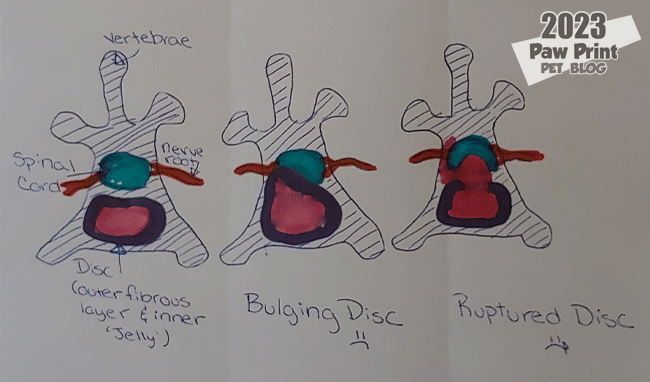
Ruling Out Other Causes
Your vet may want to preform tests to help rule out health concerns other than IVDD. After examining Kit, his vet was able to tell us that something was wrong with his spine. However, IVDD isn’t the only thing that can affect the spine. Because of Kit’s age, we were a bit concerned about the possibility that he could have had a tumor pressing against his spine. Vets aren’t commonly able to visualize IVDD clearly on x-rays, but x-rays can be used to help rule out other possible causes of your dog’s symptoms.
Depending on your dog/situation your vet might want to preform additional tests such as blood work. Blood work can help rule out back pain due to kidney failure and may help your vet decide what the best medications to treat your dog’s IVDD will be.
More Advanced Diagnostics
The best way to actually visualize IVDD is through advanced imaging, CT scans and/or MRIs. MRIs are the gold standard when it comes to visualizing and diagnosing IVDD. However, MRIs are also very expensive. Depending on where you live, an MRI typically costs somewhere between $1,000 and $5,000. CT scans are a bit cheaper, typically ranging between $500 and $3,000.
Because these types of advanced imaging are so expensive, many vets will only recommend them if your dog ends up requiring surgery to treat their IVDD. MRIs can show your vet exactly what’s going on with your dog’s spine, and where. However, if you opt to go with conservative treatment options, knowing the exact location of your dog’s bulging or ruptured disc isn’t usually super important. Conservative treatment options don’t change based on what disc(s) are damaged. The key to conservative treatment is keeping your dog calm and comfortable long enough for their disc to heal on its own.

The Diagnosis is Only the Beginning
Once your dog is diagnosed with IVDD it’s, sadly, something you’ll have to stay on top of for the rest of your dog’s life. In most cases IVDD is a degenerative disease, which means that your dog could suffer from reoccurrences again in the future. Even if they don’t, the recovery time of IVDD is long, so you’ll likely become very familiar with your vet staff. Finding the right medication to keep your dog pain free can sometimes take a bit of trial and error (it did for us) and your vet will want to follow up with your dog’s progress to ensure he/she is healing well.
IVDD is Not a Death Sentence!
But I’ve been ending all of my IVDD posts by saying that, as stressful as this disease is, going through the required treatment is worth it! It was so hard for me to see how much pain Kitsune was in when he was first diagnosed. It was hard to drastically restrict his activity for weeks and weeks afterwards. I was constantly tired from having to wake up in the middle of the night to give Kit his medication at certain times. But, as stressful as the whole experience was, it was more than worth it in the end. It’s been almost 8 months now since Kit’s original IVDD diagnosis and looking at him today you would never know that anything was ever wrong with him. He’s back to being his sassy, snarky, silly self.
Comment below! Are you here because you have a dog who was recently diagnosed with IVDD? Or do you suspect your dog might have it? If anyone has any questions be sure to post them below, I’ll do my best to answer. I’m planning on writing a few more IVDD related posts soon so be sure to check back here if this is a topic that interests you.
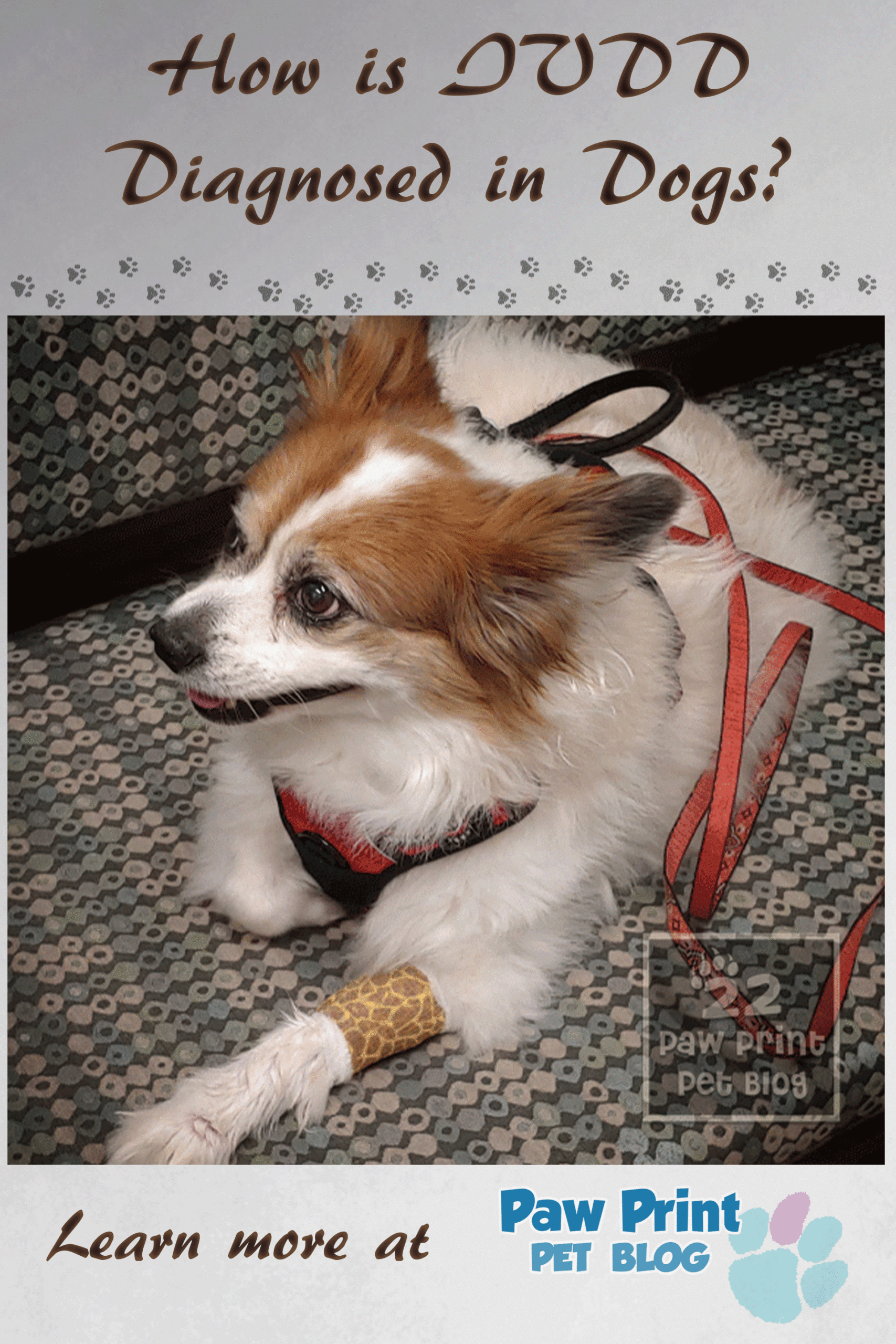


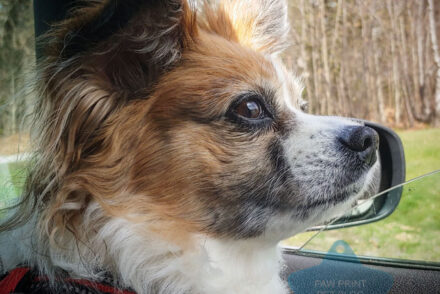
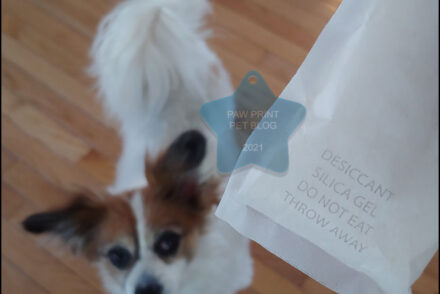

No Comments